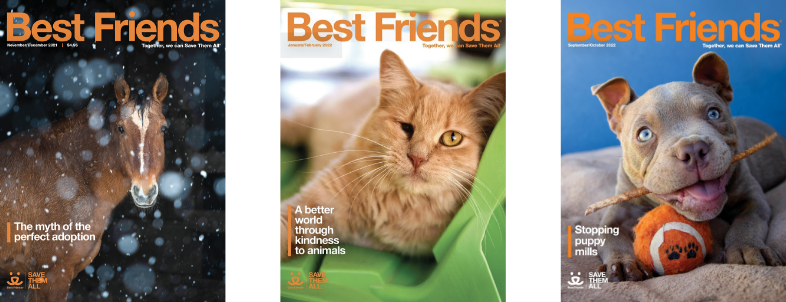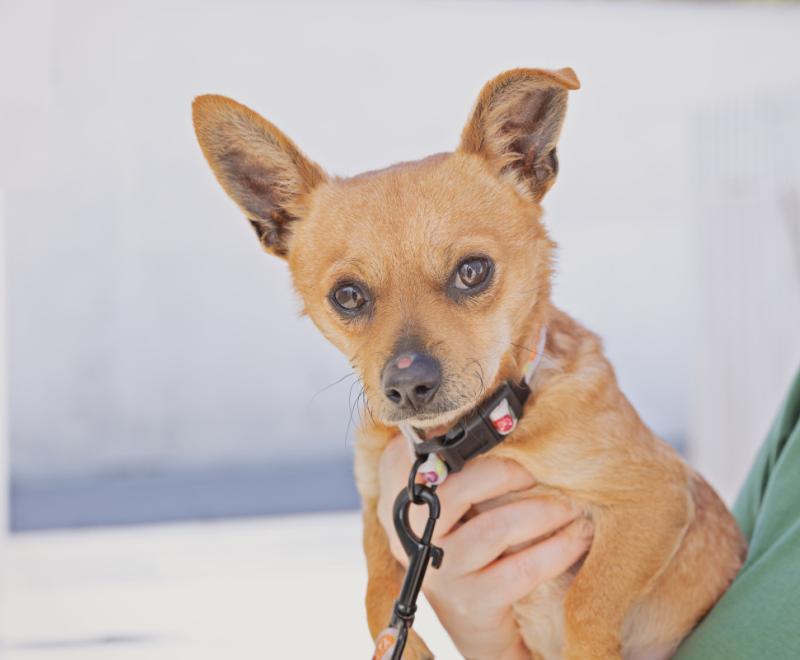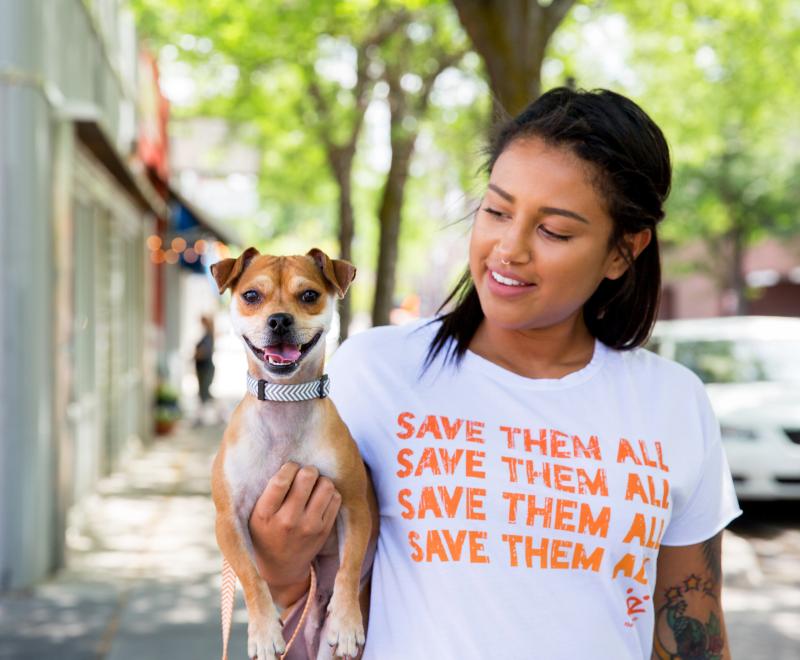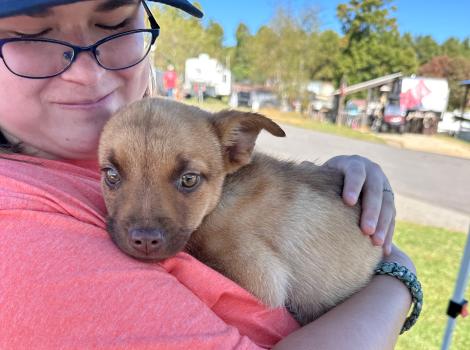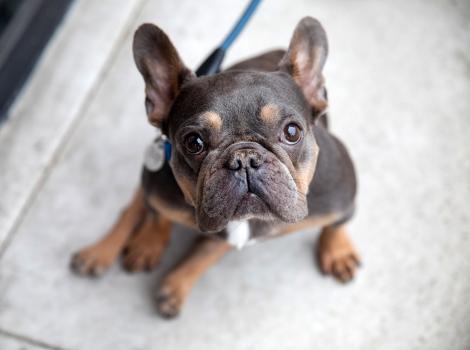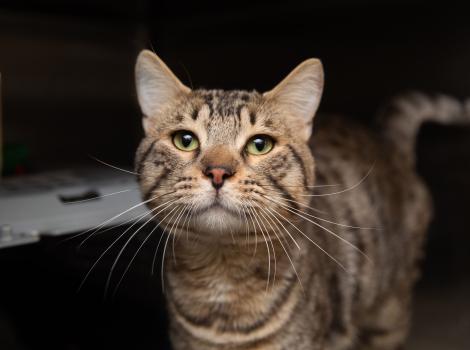Key to sending pets home is in the numbers

Staff at South Suburban Humane Society started to doubt whether they would be able to maintain a 90% save rate — the benchmark for no-kill. The Chicago-area Best Friends Network Partner first achieved no-kill in 2015, but 2023 brought unexpected challenges. As is the case across the country, they were experiencing an increase in intake and a dip in adoptions. Achieving no-kill status is one thing; maintaining it is another.
In hopes of learning more from their data, South Suburban signed up for Shelter Pet Data Alliance (SPDA) — the innovative data comparison platform powered by Best Friends Animal Society — and uploaded their data. Best Friends’ goal is for all shelters nationwide to reach no-kill in 2025, and that means supporting our shelter partners with resources that can help save more pets.

Turning data into action
“It wasn't until we engaged with SPDA and ran comparison reports that we realized that adoptions are our superpower,” says South Suburban Humane Society CEO Emily Klehm. “We kept telling ourselves that adoptions are down, and we were embracing a defeatist mentality that we were not going to be able to adopt more.
Seeing the data in such an easy-to-read way with the comparisons to organizations like ours and nationally, we knew we had to actually focus more on adoptions.”
[Grant helps save more dogs in Chicago shelters]
Soon after signing up for SPDA, they applied for and subsequently received a grant from Best Friends. With the $100,000 grant, South Suburban took what they learned from SPDA and restructured their team.

Grant funds support pets going home
They detached daily care responsibilities from staff in their outcome coordinator position and allowed them to focus solely on getting pets adopted. The outcome coordinators lead enrichment activities and really take the time to get to know the individual pets, allowing them to act as true matchmakers. They can guide potential adopters to pets who fit their lifestyles, identify opportunities to place pets with special needs, and conduct post-adoption follow-ups.
[Helping a small rural animal shelter sustain no-kill]
According to South Suburban, this restructure was critical to causing more people interested in adopting a pet to bring one home. The numbers speak for themselves.
With support from the grant, South Suburban closed out the last few months of 2023 with a 98% save rate, and their overall save rate for 2023 was 93%. That’s an even higher save rate than the previous year. Best of all, in 2023 they helped a record number of 3,617 pets into homes.

This article was originally published in the May/June 2024 issue of Best Friends magazine. Want more good news? Become a member and get stories like this six times a year.
Let's make every shelter and every community no-kill by 2025
Our goal at Best Friends is to support all animal shelters in the U.S. in reaching no-kill by 2025. No-kill means saving every dog and cat in a shelter who can be saved, accounting for community safety and good quality of life for pets.
Shelter staff can’t do it alone. Saving animals in shelters is everyone’s responsibility, and it takes support and participation from the community. No-kill is possible when we work together thoughtfully, honestly, and collaboratively.
